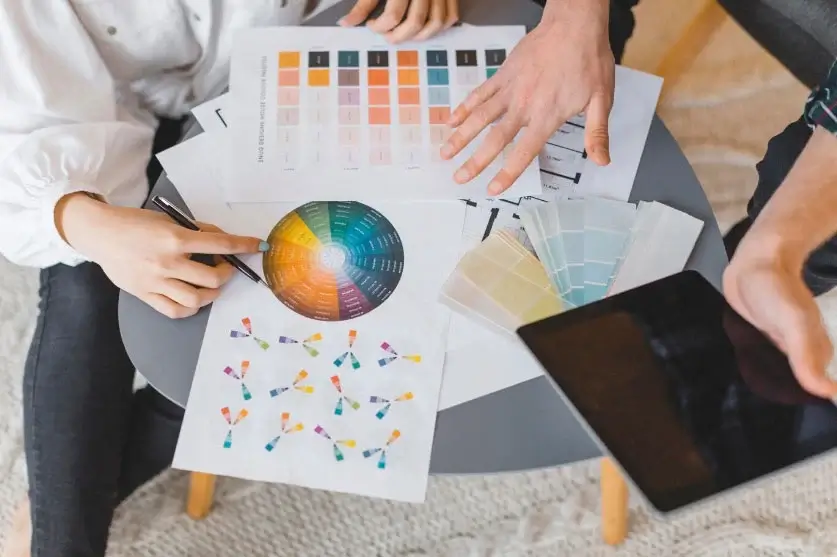In the vibrant world of web design, every color choice serves a purpose beyond mere aesthetics. From calming blues to energetic reds, each hue has the power to evoke emotions, influence decisions, and shape user experiences. Let’s delve into the fascinating realm of color psychology and uncover how it impacts user perception in web design.




Conclusion: In the dynamic realm of web design, the strategic use of color goes beyond mere decoration—it shapes user perception, influences emotions, and fosters meaningful connections. By harnessing the principles of color psychology, designers can create immersive experiences that resonate with users on a deeper level, leaving a lasting impression and driving engagement.
Copyright © 2023 Eternity Coders. All Rights Reserved.